-
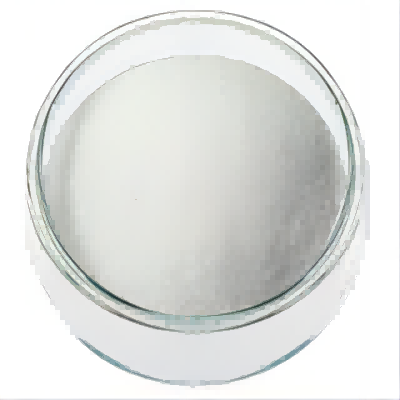
Diafenthiuron CAS:80060-09-9 Manufacturer Supplier
Diafenthiuron is an aromatic ether that is 1,3-diisopropyl-5-phenoxybenzene in which the hydrogen atom at position 2 is substituted by a (tert-butylcarbamothioyl)nitrilo group. An agricultural proinsecticide which is used to control mites, aphids and whitefly in cotton. It has a role as an oxidative phosphorylation inhibitor and a proinsecticide.
-
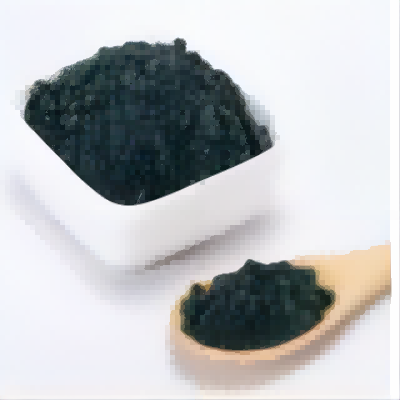
Mycorrhiza Granular – Manufacturer Supplier
ARPHA GOLD(Arbuscular Mycorrhiza, also known as AMF) is a unique beneficial microbes from nature. It is a combination of mycorrhizal fungus hyphae in the soil and the nutrient root system of higher plants. It is used to absorb and transport nutrients to the root system.
-
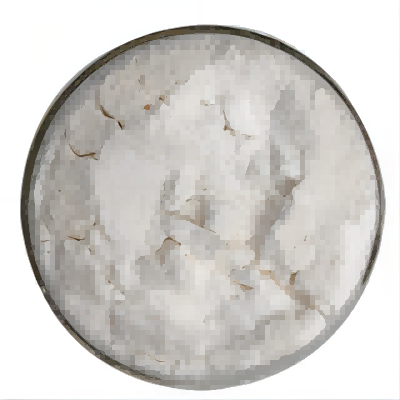
Fipronil CAS:120068-37-3 Manufacturer Supplier
Fipronil is a white powder with a mouldy odour. It has a low solubility in water and is a slow-acting poison. It does not bind strongly with soil, and the half-life of fipronil– sulphone is 34 days. Fipronil is a broadspectrum insecticide of the phenylpyrazole group. Fipronil was first used extensively for the control of ants, beetles, cockroaches, fleas; ticks, termites, mole crickets, thrips, rootworms, weevils, flea of pets, field pest of corn, golf courses, and commercial turf, and other insects.
-

Indoxacarb CAS:144171-61-9 Manufacturer Supplier
Indoxacarb is the latest high-efficiency insecticide.By blocking the sodium ion channel in insect nerve cells, it can make nerve cells lose their function.It has the effect of killing stomach and poison, and can effectively control crops such as grain, cotton, fruit and vegetables. a variety of pests.It is suitable for controlling beet armyworm, diamondback moth, etc. on crops such as cabbage, broccoli, kale, tomato, pepper, cucumber,courgette, eggplant, lettuce, apple, pear, peach, apricot, cotton, potato, grape, etc.
-
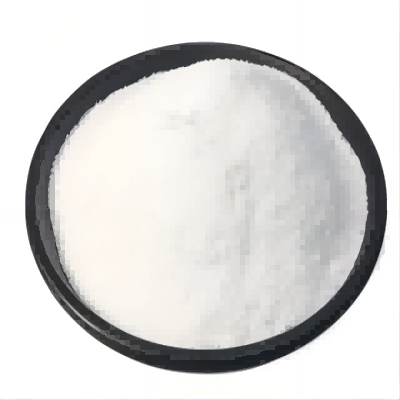
Carbaryl CAS:63-25-2 Manufacturer Supplier
Carbaryl is compatible with most common pesticides, however it should not be combined with lime sulphur and Bordeaux mixes. Carbaryl is highly toxic to earthworms and should not be used on soil insects except in cases such as bowling greens where it can be used for the control of worms that would otherwise damage the highly manicured surface.
-
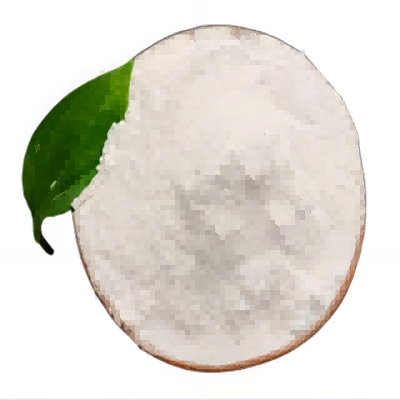
Amitraz CAS:33089-61-1 Manufacturer Supplier
Amitraz is quickly hydrolyzed in an acid environment when it is orally administrated, due to its instability in this environment. The hydrolysis in a low pH generates the compound 2,4-dimethylphenyl formamide, which is stable in an acid environment. Amitraz is a formamidine pesticide widely used as an insecticide and acaricide.
-
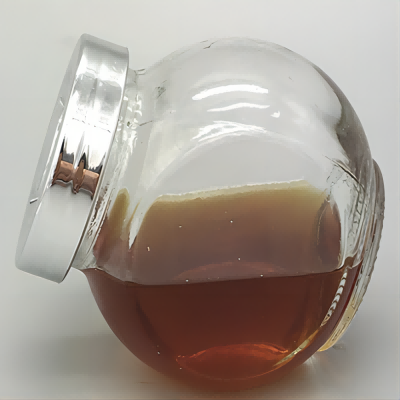
Propargite CAS:2312-35-8 Manufacturer Supplier
Propargite is a wettable powder or water emulsifiable liquid. Propargite can cause illness by inhalation, skin absorption and/or ingestion. The primary hazard is the threat to the environment. Immediate steps should be taken to limit its spread to the environment. Since Propargite is a liquid Propargite can easily penetrate the soil and contaminate groundwater and nearby streams.
-
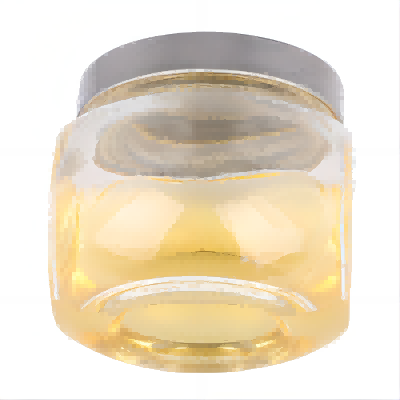
Profenofos CAS:41198-08-7 Manufacturer Supplier
Profenofos is an organic thiophosphate, an organophosphate insecticide, an organochlorine insecticide and a member of monochlorobenzenes. It has a role as an EC 3.1.1.7 (acetylcholinesterase) inhibitor, an acaricide and an agrochemical. It is functionally related to a 4-bromo-2-chlorophenol.
-
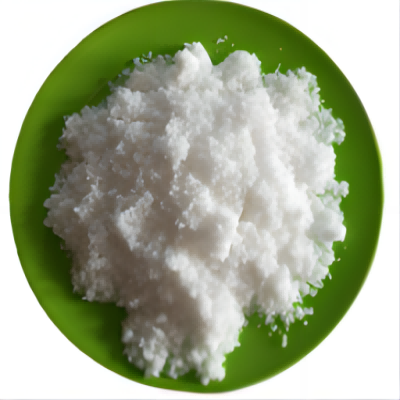
Hexythiazox CAS:78587-05-0 Manufacturer Supplier
Hexythiazox is a new thiazolidinone acaricide. It has a wide insecticidal spectrum, high acaricidal activity to Tetranychus tetranychus and Tetranychus paniculatum, and has good residual effect when used at low concentration. It has no cross-resistance to organophosphorus and dichlorophenol, etc. It is safe to crops and beneficial insects that prey on mites, but it has no endotoxicity and has poor effect on adults. It has a wide insecticidal spectrum, and has high acaricidal activity against the mocking mite and the whole acaricidal mite.
-
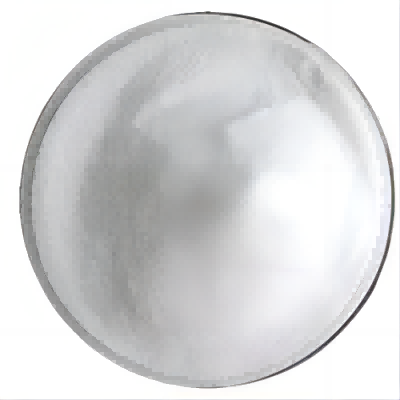
Lufenuron CAS:103055-07-8 Manufacturer Supplier
Lufenuron is an insect development inhibitor of the benzoylphenyl urea class. It demonstrates activity against fleas that have fed on treated cats and dogs and become exposed to lufenuron in the host’s blood. Lufenuron also has activity by virtue of its presence in adult flea feces, leading to its ingestion by flea larvae. Both activities result in the production of eggs that are unable to hatch, causing significant reductions in flea larvae populations. The lipophilicity of lufenuron leads to its deposition in adipose tissues of animals from where it is slowly released into the bloodstream.
-
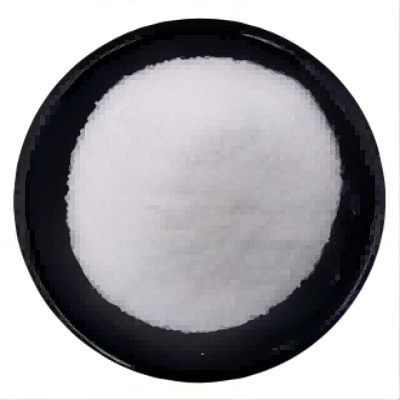
ETOXAZOLE CAS:153233-91-1 Manufacturer Supplier
Etoxazole is an organofluorine acaricide. It induces toxicity in two-spotted spider mite (T. urticae) larvae (LC50 = 0.036 mg/L for the London reference strain) through inhibition of chitin synthase 1. It reduces acetylcholinesterase (AChE) activity in the freshwater fish O. niloticus in a concentration-dependent manner. Etoxazole (2.2-22 mg/kg per day) inhibits the activity of catalase, glutathione peroxidase (GPX), and AChE in the liver and kidneys of rats in a dose-dependent manner. Formulations containing etoxazole have been used for the control of mites in agriculture.
-
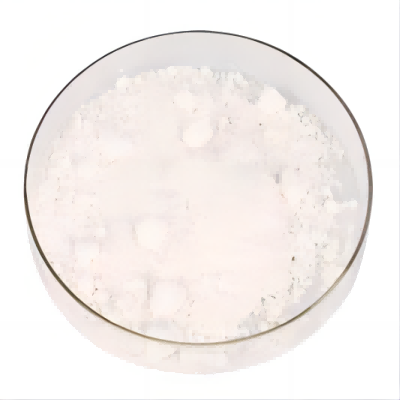
ACEQUINOCYL CAS:57960-19-7 Manufacturer Supplier
Acequinocyl, also known as 2- (acetoxy) 3-dodecyl-1,4-naphthoquinone, is a pure yellow powder solid. Acequinocyl is an important synthetic acaricide pesticide used to control lice, mites, and other invertebrates.

